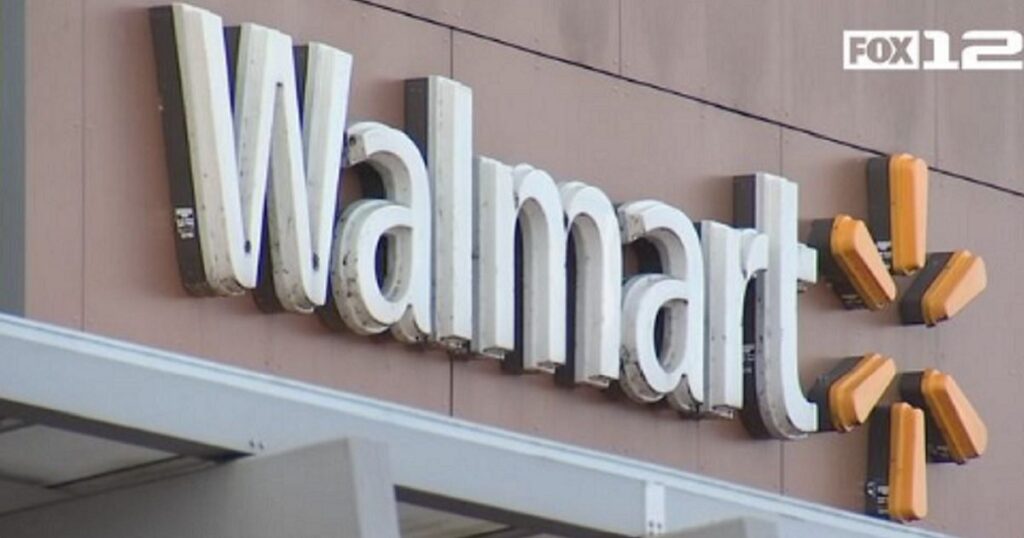In recent announcements, major retailers Walmart and Aldi have taken a nostalgic approach to this year’s holiday promotions by reverting their Thanksgiving meal prices to what they were five years ago. This effort seeks to highlight the stark contrast between current grocery prices and those from a time that many consumers remember fondly. With Thanksgiving just around the corner, both companies are positioning themselves as affordable options in an increasingly expensive grocery market. For consumers, this promotional strategy is a nod to a pre-pandemic economic reality, igniting memories of a time when prices were notably lower.
Walmart’s promotional campaign is centered around its “inflation-free Thanksgiving meal,” which aims to attract customers during a season usually fraught with high grocery costs. The retailer is particularly emphasizing its turkey deal, priced at 88 cents per pound, which echoes the pricing trends that were prevalent during the Trump administration. While Walmart is careful not to directly reference the former president, it unmistakably leans into the notion of a more favorable economic climate, subtly critiquing the current administration’s handling of inflation and grocery prices.
Aldi, on the other hand, has been more explicit in connecting their promotional pricing to past economic conditions, declaring the lowest-priced Thanksgiving basket in five years at under $47 for a meal serving ten people. Aldi’s messaging reflects a broader trend in the grocery industry, which has seen a significant rise in prices—some items reportedly experiencing a 50 percent increase since 2019. In a climate where consumers are feeling the pinch of inflation, Aldi’s pricing strategy is a clear attempt to present a stark contrast to current economic struggles, invoking a pre-Biden administration nostalgia that resonates with many shoppers.
Beyond mere marketing tactics, these campaigns raise pressing questions about the broader implications of current economic policies. The significant disparities in pricing between now and five years ago prompt an evaluation of the leadership and decision-making that have shaped the economy during the Biden administration. The promotions serve as an indirect critique of the current administration, highlighting dissatisfaction among voters as they grapple with ongoing inflation and rising costs of living. This context places additional pressure on health and economic policies, casting doubt on the effectiveness of the administration’s initiatives and their impact on consumer welfare.
The nostalgia exposed by these promotional efforts resonates deeply in the current political landscape. Retailers capitalizing on the memories of lower prices serve as a reminder not just of changing grocery costs but of the broader experiences of consumers under different political leadership. As voters prepare for the upcoming elections, the significant emotional response elicited by these pricing strategies may influence perceptions of economic performance and efficacy. The sharp divide between present and past pricing may transform into a rallying point for voters as they assess which candidate aligns more closely with their economic experiences.
As the forthcoming elections approach, the pricing strategies of Walmart and Aldi may be a reflection of consumer discontent that will likely resonate at the ballot box. With voters keenly aware of the economic struggles they face, the messaging from major retailers could serve as informative benchmarks for evaluating the effectiveness of the incumbent administration. If these inflation-weary consumers do not see tangible change, there may be significant repercussions for leadership in subsequent elections, resulting in a continued cycle of economic evaluation that extends beyond the grocery aisle into political capital.

